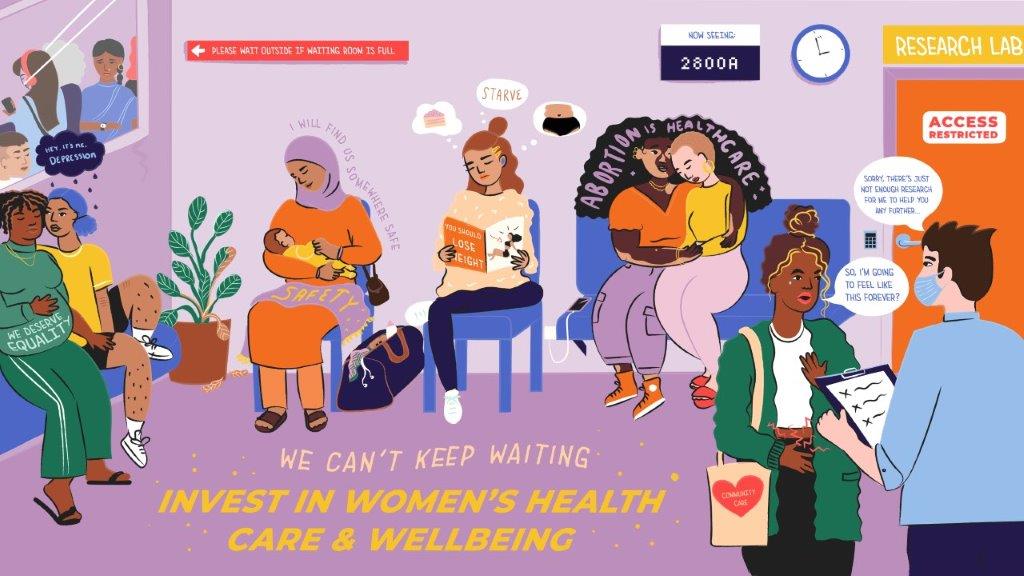
We’ve come a long way since 1988 when feminist economist Marilyn Waring highlighted the fact that mainstream economic models ignored women’s contribution to the economy as if it should ‘count for nothing’. Economists have since confirmed that women do indeed have economic value – women’s work contributes billions to the economy. Supporting women to contribute more equitably to paid employment, even just by 6%, could add $25 billion to the Australian bottom line. In addition, women’s unpaid work has been valued at a huge $200 billion.
But of course the economy is not the only way to measure value. As the Global Gender Gap Index has shown, women’s economic security, educational attainment, civic participation and wellbeing are all connected, and all ‘count’ to help us understand gendered inequality.
So what if women were properly paid for their contribution to the Australian economic, social and health bottom line? A recent report found that if women were paid for the housework, domestic caring and volunteer work they do, each would receive an additional $40,000 per year in their pay packet. Migrant women would get a little more in the envelope, given that they do an hour more of caring work per week than non-migrant women.
On a more collective level, if government budgets recognised the centrality of women’s work and women’s health and wellbeing, they would certainly prioritise some key investments. As Gender Equity Victoria has shown in their 21/22 Victorian budget submission, a gender equitable investment in the areas of women’s employment, health, caring, disaster planning and community strengthening would bring with it a significant return on investment, not just to women, but to the Victorian community as a whole. We know that every dollar invested in health promotion is returned five-fold.
In the area of health, equitable funding for women’s health services, which keeps up with population growth, is long overdue. Over time, funding for the women’s health program in Victoria has eroded from $4 per woman to $2 per Victorian woman today. When it comes to the million migrant women living in Victoria, the amount MCWH receives in funding is a very inadequate 68c per woman.
COVID-19 has taught many lessons, one of which is that everyone relies heavily on migrant women – to provide healthcare, to look after older people and children, to clean, to process and manufacture food, and to provide important services. Despite this, migrant women have been disproportionately affected by COVID-19, with over 50% of infections in Victoria among people born overseas. As we grapple with the complexities of vaccination, and as we understand the low rates of vaccine confidence among women, there is an urgent need to ensure that migrant women have access to the accurate, in-language information they need to make informed decisions.
Migrant women count for a lot. It is well and truly time for government to put a dollar price on our value and invest in a gender equal recovery in Victoria.
